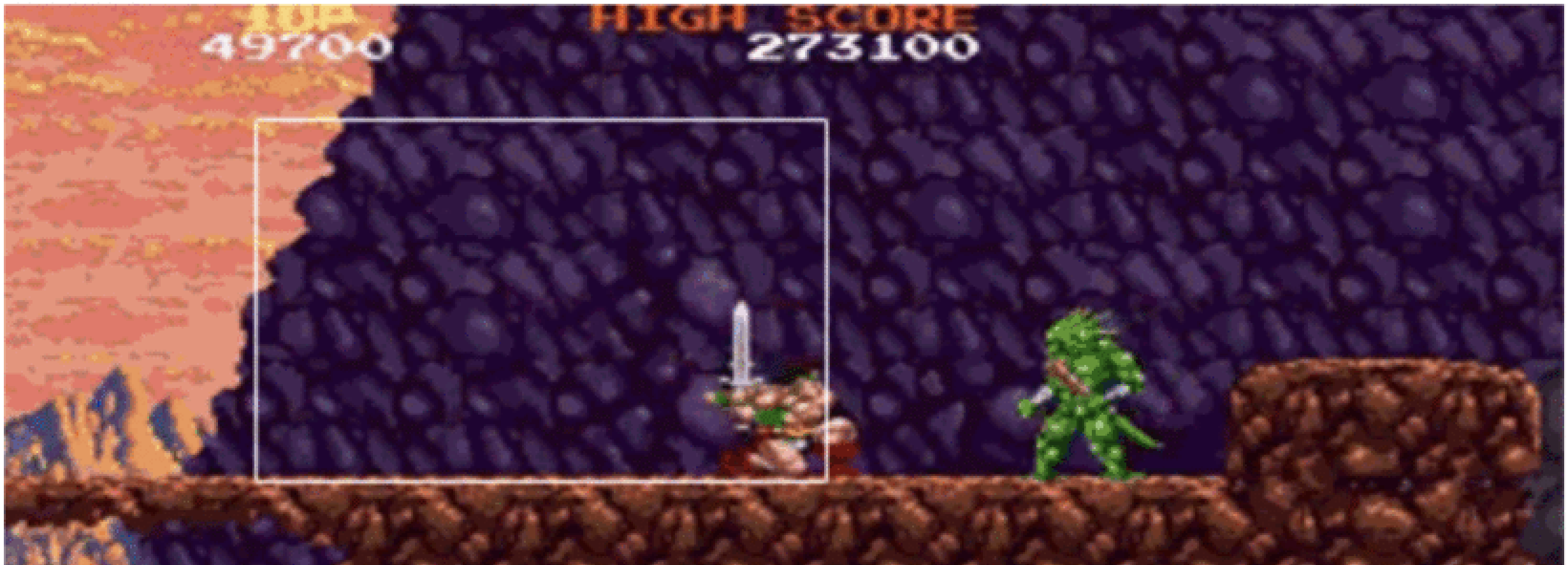Designing Game Feel: A Survey
Martin Pichlmair and Mads Johansen
Game feel design is the intentional design of the affective impact of moment-to-moment interaction with games. In this article, we survey academic research and publications by practitioners to give a complete overview of the state of research concerning this aspect of game design. We analyzed over 200 sources and categorized their content according to design purposes. This resulted in three different domains of intended player experiences: 1) physicality; 2) amplification; and 3) support. In these domains, the act of polishing, which determines game feel, takes the shape of tuning, juicing, and streamlining, respectively. Tuning the physicality of game objects creates cohesion and predictability, and the resulting movement informs level design. Juicing is the act of polishing amplification and it results in empowerment and provides clarity of feedback. Streamlining allows a game to act on the intention of the player, supporting the execution of actions in the game. These three design intents are the main means through which designers control minute details of interactivity and inform the player’s reaction. The presented framework and its nuanced vocabulary can lead to an understanding of game feel that is shared between practitioners and researchers as highlighted in the concluding future research section.
